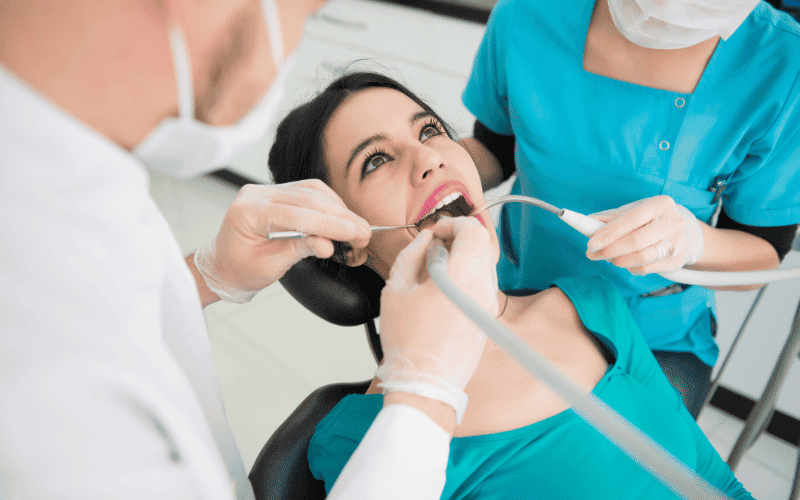Imagine this: You are enjoying a meal when suddenly, a sharp pain shoots through your tooth, leaving you clutching your face in agony. Dental emergencies can strike without warning, and knowing how to handle them is crucial. Failing to act promptly can lead to more severe complications or prolonged discomfort.
This blog will cover the essential steps for dealing with dental emergencies effectively. From understanding what constitutes an emergency to the critical do’s and don’ts, you will learn how to manage these situations calmly and efficiently.
With this knowledge, you will be better prepared to handle unexpected dental issues and minimize potential damage.
Understanding Dental Emergencies
A dental emergency occurs when there is an urgent problem affecting your teeth, gums, or mouth that requires immediate professional attention to prevent severe consequences. Recognizing what qualifies as a dental emergency can help you respond quickly and effectively.
Toothache: Persistent or severe tooth pain is a common dental emergency. This pain can result from decay, infection, or damage to the tooth’s nerves. If left untreated, a toothache can lead to more serious conditions, such as an abscess or systemic infection.
Broken Tooth: A tooth that is cracked, chipped, or broken due to trauma, stress, or decay can expose sensitive areas or nerves. This causes discomfort and increases the risk of infection or further damage. Immediate treatment is essential to preserve the tooth and alleviate pain.
Knocked-Out Tooth: Losing a tooth due to an accident or injury is a serious dental emergency. If managed promptly, there is a chance to save and reattach the tooth. Proper handling and immediate dental care are crucial for the best outcome.
Lost Filling or Crown: When a filling or crown comes loose, it can leave the underlying tooth exposed and vulnerable to infection or further damage. This situation can cause significant discomfort and requires prompt attention to restore proper tooth function and protect the exposed area.
Other common emergencies include gum infections, which can cause severe pain and swelling, and dental abscesses, which are pus-filled infections that can spread if not treated promptly. Recognizing these conditions as emergencies allows you to seek timely care and prevent complications.
The Do’s of Handling a Dental Emergency
When faced with a dental emergency, knowing the right steps to take can make a significant difference in managing pain, preserving your dental health, and ensuring prompt treatment. Here are essential do’s to guide you through these stressful situations:
Do: Seek Immediate Attention
Prompt treatment is crucial in a dental emergency. Delaying emergency dental care in Airdrie can lead to complications such as worsening pain, infection, or permanent damage. Immediate professional intervention can help minimize damage, alleviate discomfort, and increase the chances of saving a damaged or knocked-out tooth.
As soon as you recognize that you have a dental emergency, contact your dentist directly. If your regular dentist is unavailable, seek out an emergency dental service or clinic. Many areas have facilities that offer after-hours care for urgent dental issues. Clearly explain your problem so that you can get the right care as soon as possible.
Do: Manage Pain and Swelling
Managing pain and swelling effectively can help make the situation more bearable while you seek professional care. Over-the-counter pain relievers like ibuprofen (Advil, Motrin) or acetaminophen (Tylenol) can help control pain and reduce inflammation. For optimal results, adhere to the dose guidelines provided on the label.
Use a cold compress on the afflicted area to numb the discomfort and minimize swelling. Wrap ice or a cold pack in a cloth and place it on the outside of your mouth or cheek near the painful area. Apply the compress for fifteen to twenty minutes at a time, taking breaks to avoid frostbite and to allow your skin to thaw.
Do: Preserve Any Lost or Broken Pieces
If you have a knocked-out tooth, proper handling and storage are critical for increasing the likelihood of successful reattachment. Gently rinse the teeth with water to get rid of dirt. Do not scrub or use soap. Place it in a jar filled with milk or saline solution to keep the tooth wet. If none are available, place the tooth in a cup of saliva to keep it wet.
For a broken tooth or dental restoration (like a filling or crown), collect any fragments and store them in a clean, dry container. This helps your dentist assess the damage and plan appropriate repairs or replacements. Do not use superglue or other adhesives on the broken pieces as this can make the situation worse.
Do: Follow First Aid Procedures
For Specific Issues:
- Chipped Tooth: Use warm water to rinse your mouth to remove any debris. If required, apply a cold compress to help minimize swelling. Avoid biting on the affected tooth and try to keep it clean. Contact your dentist as soon as possible for a follow-up appointment to address the chip and prevent further damage.
- Knocked-Out Tooth: If the tooth can be reinserted into its socket, do so gently without forcing it. If reinsertion is not possible, keep the tooth in milk or saline solution and seek dental care immediately. The quicker the tooth is treated, the better the chances of successful reattachment.
- Lost Filling or Crown: Place a piece of sugar-free gum or dental adhesive (available over the counter) in the cavity to protect the exposed tooth until you can see your dentist. Steer clear of chewing on the injured side to stop more harm.
Do: Keep Calm and Stay Informed
Stress and panic can exacerbate the pain and cloud your judgment during a dental emergency. Staying calm helps you make rational decisions and follow the correct procedures. It also allows you to communicate effectively with healthcare providers, ensuring you receive the appropriate care.
Inhale deeply and attempt to concentrate on the actions that need to be taken right now. Follow your dentist’s or emergency provider’s instructions carefully. Being informed about the nature of your dental emergency and the appropriate actions can help you manage the situation more effectively and reduce anxiety.
The Don’ts of Handling a Dental Emergency
In the chaos of a dental emergency, it is just as important to know what not to do as it is to know the correct steps. Avoiding certain actions can prevent worsening the situation and ensure that you receive appropriate care. Here are some crucial don’ts to keep in mind:
Don’t: Ignore the Pain or Delay Treatment
Ignoring dental pain or delaying treatment can have serious repercussions. Pain is often a signal that something is wrong, such as an infection, tooth decay, or damage. If left untreated, these issues can escalate, leading to more severe health problems, increased pain, or even tooth loss.
For example, a minor cavity that’s ignored can develop into a serious infection requiring more complex treatment. Delaying care can also increase the risk of complications and prolong your suffering. Addressing the problem as soon as possible is essential for effective management and recovery.
Don’t: Use Household Tools or Methods
In a dental emergency, using household tools or DIY methods is a big mistake. You run the risk of further harming your teeth and gums when using pliers or tweezers. Superglue or other adhesives should never be used to fix broken or damaged dental work. These substances can cause further harm by irritating your mouth or leading to improper bonding.
Seek expert assistance from a dentist or emergency dental service rather than attempting to resolve the issue on your own. They have the expertise and proper tools to address the issue safely and effectively.
Don’t: Apply Heat to Injuries
Applying heat to a dental injury can actually worsen the situation. Heat has the potential to enhance blood flow to the injured area, aggravating pain and swelling.
For example, if you have a swollen or painful area due to a dental issue, applying a warm compress might make the swelling worse. Instead, use a cold compress to help reduce inflammation and numb the pain.
Apply the cold compress wrapped in a cloth for 15-20 minutes at a time, taking breaks in between to prevent frostbite.
Don’t: Eat Hard Foods or Chew on the Injured Area
Eating hard foods or chewing on the injured side of your mouth can aggravate the damage. For example, if you have a broken or chipped tooth, chewing on it can cause further damage or dislodge any temporary coverings you may have used.
Additionally, hard foods can increase pain and exacerbate any existing issues, such as a loose filling or crown. Until you can see a dentist, limit your intake to soft foods and refrain from chewing on the afflicted area. This helps to prevent additional injury and manage your pain effectively.
Don’t: Panic or Self-Diagnose
Panicking during a dental emergency can lead to poor decision-making and increased stress, which can worsen the situation. Similarly, attempting to self-diagnose can be misleading and dangerous.
Without proper training, it is difficult to accurately assess the severity of a dental issue. A mistaken diagnosis can result in unsuitable interventions or fixes that might not deal with the core cause of the problem.
Always consult a dentist or other healthcare provider for professional guidance. They are able to diagnose conditions precisely and suggest the best course of action for handling emergencies.
When to Visit an Emergency Room vs. a Dentist?
Visit the Emergency Room When:
- You experience severe bleeding that doesn’t stop.
- There is a significant facial injury, such as a fractured jaw.
- You have severe trauma with symptoms like difficulty breathing or swallowing.
Seek a Dentist When:
- You have a chipped or cracked tooth that isn’t causing severe trauma.
- A lost filling or crown is causing significant discomfort but not life-threatening issues.
- A knocked-out tooth or dental abscess requires specialized care.
Handling a dental emergency effectively requires understanding the nature of the issue and acting promptly. By following the do’s and don’ts outlined in this guide, you can manage emergencies with confidence and minimize potential damage.
Remember to prepare in advance with regular check-ups and an emergency kit. Keeping calm and seeking professional help when needed ensures the best outcomes for your dental health. Be prepared and proactive to safeguard your smile in any emergency situation.
FAQs
1. What qualifies as a dental emergency?
A dental emergency includes severe pain, a knocked-out or broken tooth, lost fillings, or any situation requiring immediate attention to prevent further damage.
2. What should I do if I knock out a tooth?
Gently rinse the tooth with water, place it in milk or saline, and seek immediate dental care. If possible, try reinserting the tooth into its socket.
3. Can I use painkillers for a toothache?
Yes, over-the-counter pain relievers like ibuprofen or acetaminophen can help manage toothache pain temporarily until you can see a dentist.
4. Should I use heat or ice for a swollen face or mouth?
Use a cold compress to reduce swelling and numb the pain. Avoid applying heat, as it can worsen the swelling and discomfort.
5. When should I visit an emergency room instead of a dentist?
Go to the ER if you have severe bleeding, a fractured jaw, or a serious injury affecting your ability to breathe or swallow.


